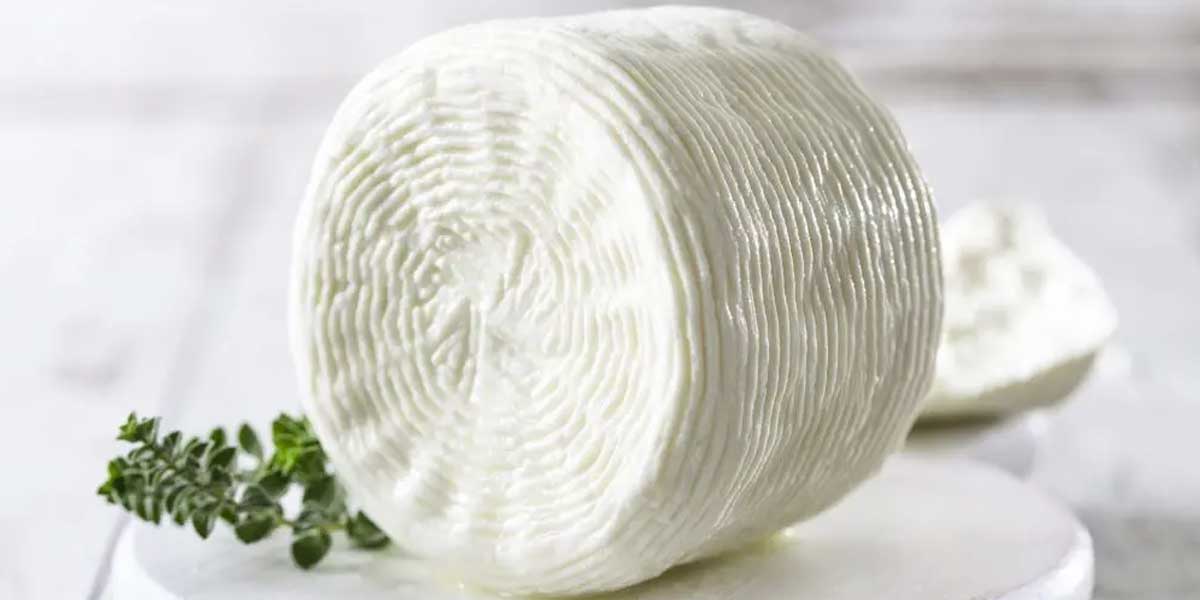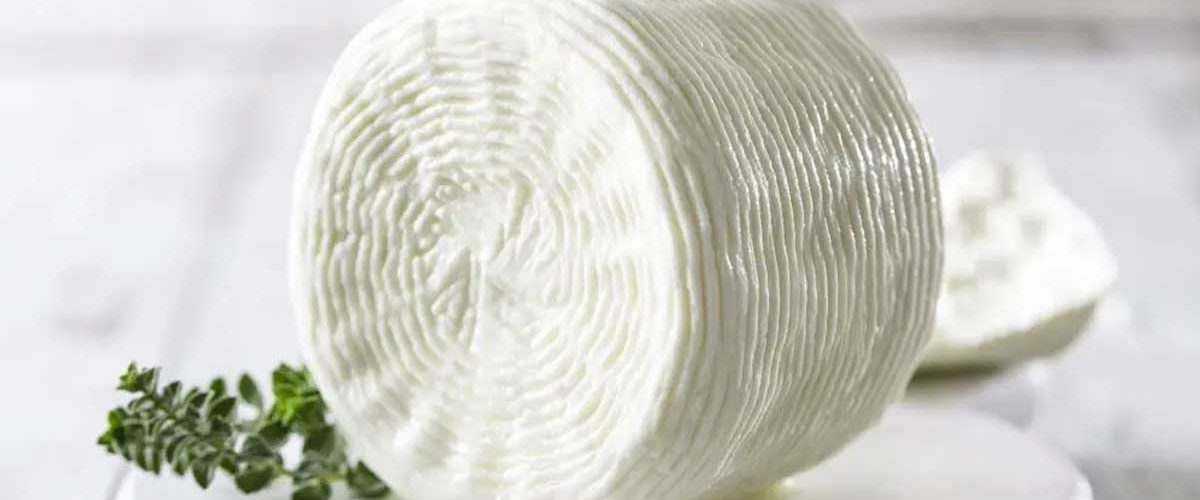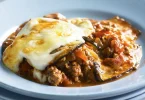Kalathaki Limnou Recipe – Greek Special

Kalathaki Limnou is a cherished traditional cheese hailing from the island of Limnos in Greece, known for its unique semi-hard texture and rich, tangy flavor. Made from whole cow’s milk (or a mix with goat’s for extra character), the recipe uses mesophilic cultures and rennet to coagulate and shape the curds, which are then pressed and aged in humid conditions to develop full taste. With patience and care, you’ll go from fresh milk to a cheese that’s beautifully firm yet creamy inside — perfect for cheese boards, sandwiches, or enjoying on its own.
- Prep Time1 hr
- Cook Time2 hr
- Perform Time2 hr
- Total Time5 hr
Kalathaki Limnou Ingredients :
- Milk: 4 liters (preferably whole cow’s milk; goat’s milk can also be used for a different flavor)
- Rennet: 1/4 teaspoon (liquid or tablet form; follow the instructions on the packet for exact measurement)
- Cultures: 1/4 teaspoon of mesophilic starter culture (e.g., MA4001 or MA4002)
- Salt: 2 tablespoons (non-iodized salt, like sea salt or kosher salt)
- Calcium Chloride: 1/4 teaspoon (optional, but helps with coagulation if using pasteurized milk)
Equipment
- Large stainless steel pot
- Thermometer
- Cheese ladle or slotted spoon
- Cheese mold (round or square)
- Cheese mat or clean cloth
- Cheese press (optional, but helps in forming the cheese)
- Cheese knife or long knife
- Cheese aging container (for storing the cheese during aging)
How to make Kalathaki Limnou:
Prepare the Milk: Pour the milk into the large pot and slowly heat it to 32°C (90°F). Stir occasionally to prevent scorching.
Add Cultures: Sprinkle the mesophilic starter culture over the milk and let it rehydrate for about 1-2 minutes. Stir it gently into the milk using an up-and-down motion. Allow the milk to ripen for 60 minutes at 32°C (90°F).
Add Calcium Chloride (if using): Dilute the calcium chloride in a small amount of water and add it to the milk. Stir gently.
Add Rennet: Dilute the rennet in a small amount of water (about 1-2 tablespoons) and add it to the milk. Stir gently for about 30 seconds, then stop stirring and let the milk sit undisturbed for 30-45 minutes to allow the curd to form.
Cut the Curd: Once the curd has set, cut it into small cubes (1-2 cm or 1/2 inch) using a cheese knife. Let it rest for 5 minutes.
Stir and Cook the Curd: Gently stir the curds for 5 minutes. Gradually increase the temperature to 38°C (100°F) over 30 minutes while stirring occasionally.
Drain the Whey: Once the curds have reached the desired firmness, drain the whey by pouring it off or using a slotted spoon to transfer the curds to a cheese mold lined with cheese cloth.
Press the Curd: Press the curds in the mold to remove excess whey and help the curds knit together. If you have a cheese press, press at 1-2 kg (2-4 lbs) of weight for 15-20 minutes, then increase the weight to 5-7 kg (10-15 lbs) and press for an additional 1-2 hours.
Salting: Remove the cheese from the mold and rub the surface with salt. Alternatively, you can soak the cheese in a brine solution (saltwater) for 24 hours.
Aging: Place the cheese on a cheese mat or clean cloth in a cool, humid environment (ideally 10-15°C or 50-60°F with high humidity). Turn the cheese every few days. The cheese can be aged for 2-4 weeks, depending on the desired flavor and texture.
Recipe Notes:
Milk Quality: Using high-quality, fresh milk will significantly impact the flavor and texture of your cheese.
Cleanliness: Ensure all equipment is thoroughly cleaned and sanitized to avoid contamination.
Aging Environment: Proper aging conditions are crucial for the development of flavor. If you don’t have a cheese aging container, you can use a clean, covered container with a damp cloth inside to maintain humidity.
Rennet and Cultures: Follow the instructions on your rennet and starter culture packaging for the best results.
Pressing Pressure & Time: Apply light pressure initially, then increase gradually; pressing too hard too soon can squeeze out too much whey and make the cheese overly dry.







